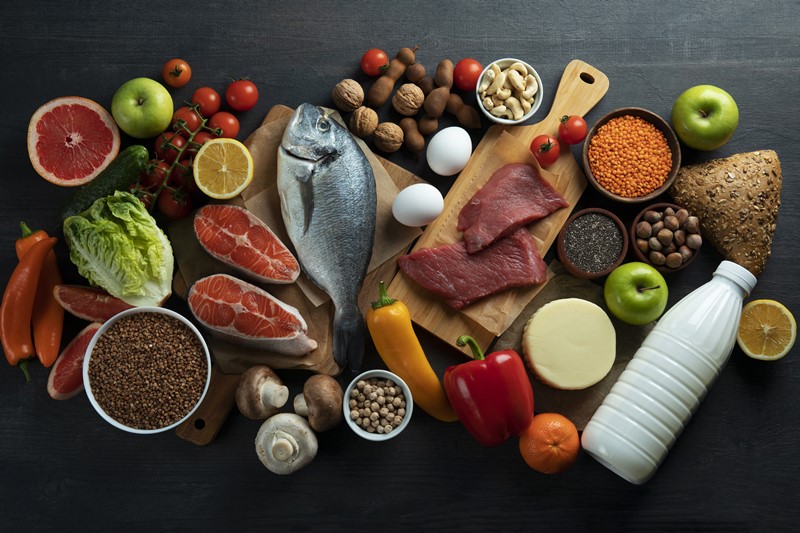Nonalcoholic steatohepatitis (NASH) is a condition that occurs when the liver becomes inflamed and damaged due to the accumulation of fat in the liver. It is a form of nonalcoholic fatty liver disease (NAFLD) and can lead to serious complications such as cirrhosis and liver cancer.
The prevalence of NASH is on the rise, and it has become a major public health concern. Fortunately, there are several effective treatments available for NASH that can help manage the condition and prevent its progression.
The first line of treatment for NASH is usually lifestyle changes. This involves losing weight, increasing physical activity, and adopting a healthy diet. Studies have shown that weight loss of around 10% can improve liver function and reduce inflammation in the liver. A healthy diet should be low in fat, sugar, and refined carbohydrates, and should include plenty of fruits, vegetables, whole grains, and lean protein sources.
In addition to lifestyle changes, some medications can be used to treat NASH, such as statins. Statins are a type of medication that are commonly used to lower cholesterol levels in the blood. Recent studies have shown that statins can also reduce inflammation in the liver and improve liver function in patients with NASH. However, further studies are needed to confirm the safety and efficacy of statins in treating NASH. Vitamin E supplements have been found to reduce inflammation in the liver. In most critical cases of NASH a liver transplant might be necessary.
In conclusion, NASH is a serious condition that requires timely and appropriate treatment. Lifestyle changes such as weight loss and adopting a healthy diet are the first line of treatment for NASH. It is important to consult with a healthcare professional to determine the best course of treatment for NASH.
“DietSensor Nash” for iOS (download here) is a nutrition coaching app specialized in Nash to help patients affected by the disease tackle and if possible reverse it. It provides daily guidance, meal plans, a meal generator to match your preferences, nutrition education, macronutrient tracking, and a chat with a dietitian. It starts at the price of $49 to make sure anybody has access to its science-backed content.
References:
Stanford Health Care. (n.d.). Nonalcoholic steatohepatitis (NASH) treatments. Retrieved from https://stanfordhealthcare.org/medical-conditions/liver-kidneys-and-urinary-system/nonalcoholic-steatohepatitis-nash/treatments.html
National Institute of Diabetes and Digestive and Kidney Diseases. (2020). Treatment for NAFLD & NASH. Retrieved from https://www.niddk.nih.gov/health-information/liver-disease/nafld-nash/treatment
Johns Hopkins Medicine. (n.d.). Nonalcoholic fatty liver disease (NAFLD). Retrieved from https://www.hopkinsmedicine.org/health/conditions-and-diseases/nonalcoholic-fatty-liver-disease
Sharma, S., & Bajaj, A. (2023). Statins for the Treatment of Nonalcoholic Fatty Liver Disease: A Systematic Review and Meta-analysis. https://journals.lww.com/americantherapeutics/Abstract/2023/02000/Statins_for_the_Treatment_of_Nonalcoholic_Fatty.3.aspx




